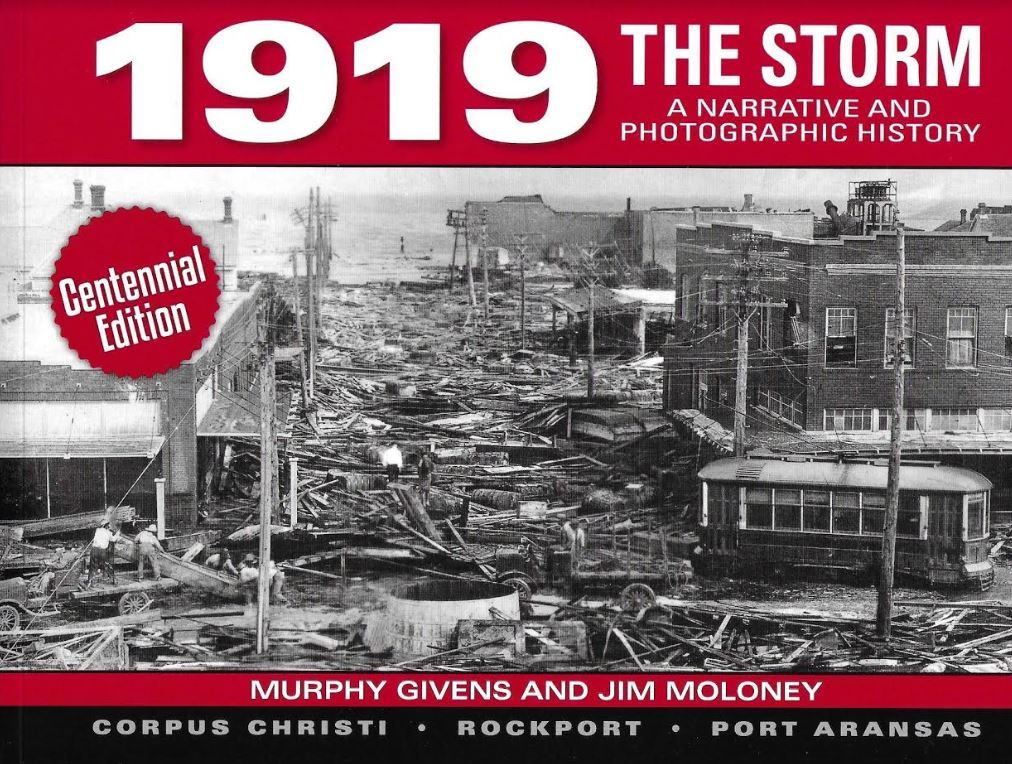September is a dangerous month on the Texas coast.
This month we marked the second anniversary of Hurricane Harvey. It was also the 119th anniversary of the famous 1900 storm that shattered Galveston. There’s also the September 1875 storm that did its best to wipe Indianola off the map.
And then there is the hurricane that devastated Corpus Christi on September 14, 1919. You never hear much about that one. This is its centennial year.
It left an official death toll of 284 with estimates of up to 500 more uncounted dead. Low-lying sections of the city were inundated by up to twelve feet of storm-driven tides.

In the downtown, known as the beach section, buildings lining the bay were destroyed or heavily damaged, while the rest of the downtown was flooded with oil-slicked waters.

On North Beach, Corpus Christi’s first suburban neighborhood of substantial residences, more than 220 homes were demolished by the storm tide. Those residents unable to reach the safety of high ground were swept into Nueces Bay to battle the storm and debris for their lives.

Many died, but some survived the 14-mile struggle across the bay to come ashore at White Point or the Turner Ranch on the back side of Nueces Bay.
After the storm the downtown was filled with debris from shattered buildings and piers and thousands of cotton bales from the Municipal Wharf.

The cleanup involved the entire city and resulted in a mountain of debris piled at the edge of the bay at Hall’s Bayou. The hurricane inspired Corpus Christi in its efforts to secure a deep-water port and build a protective seawall.

This is the first history of the 1919 storm to be published.
Murphy Givens has collected the tales of survivors and newspaper accounts of the time and woven them into a gripping narrative of death and survival.
Jim Moloney has organized photographs from the aftermath of the hurricane to give an understanding of the destruction and the clean-up task facing the battered city.
Also included are two first-hand accounts by survivors Theodore Fuller and Lucy Caldwell, five new maps, and a list of the dead.
1919: The Storm – A Narrative and Photographic History by Murphy Givens and Jim Moloney
- Softcover
- Centennial Edition
- SIGNED by both authors
- 207 pages
- 150 full page photos and maps
Categories: Texas history, Texas Weather

